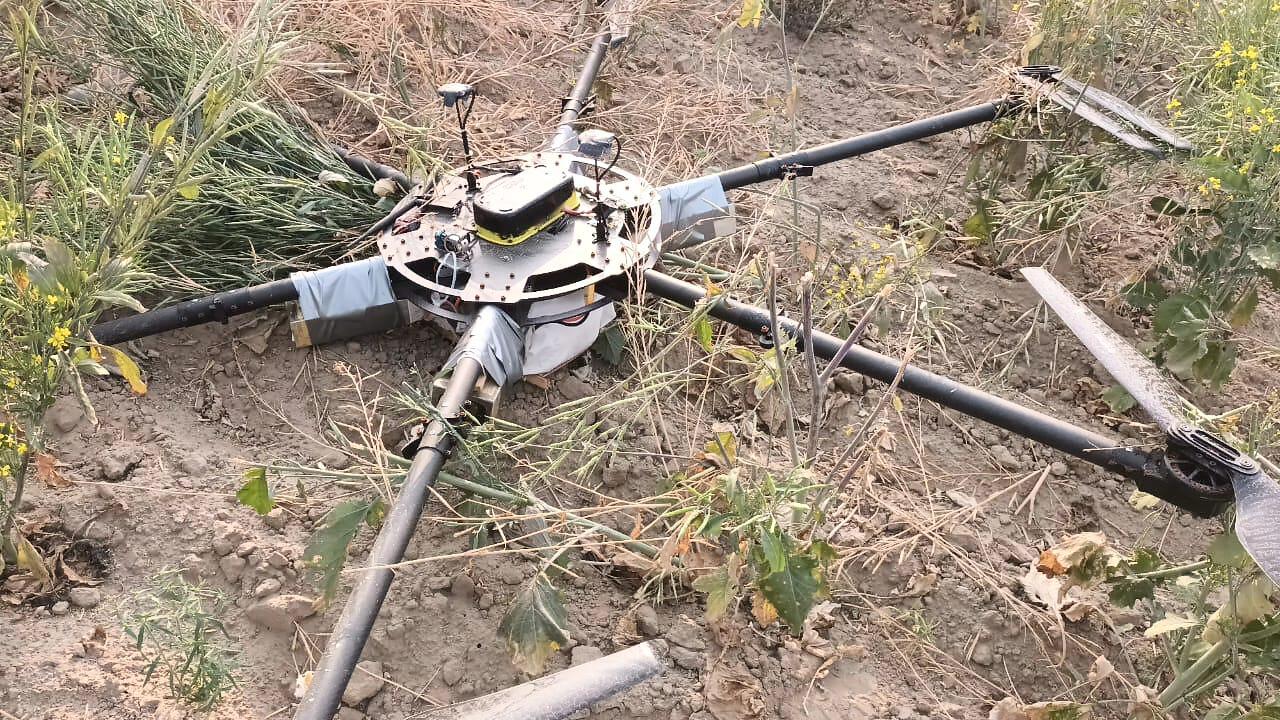
views
On March 5, around 10:30pm, the Border Security Force (BSF) shot down a flying object near Sado Gazi village in Amritsar. This was the fifth drone downed in Punjab this year.
In the previous two years, 12 drones have been brought down in Punjab over 12 months. With deployment of the new anti-drone technology on the international border, the BSF, Punjab Police and security grid are upbeat about “considerable success” in tackling the “drone menace”.
“It is difficult to put it arithmetically, but we feel close to 50% success rate has been achieved in detecting, destroying and in some case forcing the drones to go back,” a senior officer of BSF told News18.
THE ASSESSMENT
The assessment is shared by the Ministry of Home affairs. In the past few weeks, the BSF and Indian Army have deployed indigenous anti-drone technology at the international border of Punjab. The indigenous technology, officers said, includes integrated mechanism which detects and destroys a drone.
“This machine has a radar which can detect a drone in 3km radius. Then a communication jammer is used to render the drone useless,” a senior MHA officer explained.
He added that although the hardkill option has not been deployed yet, the technique to use laser to decimate a drone is available with the forces.

MORE IN STORE
CNN-News18 has learnt that the BSF plans to procure and deploy more anti-drone mechanisms in the next two months. The Defence Research and Development Organisation (DRDO) has priced it at around Rs 25 crore. But the border guarding force insists it is a combination of factors that has given them success in the fight against drone-dropped narcotics and arms.
“We have meticulously worked in this direction in the past one year, along with the Punjab Police. Surveillance equipment has been procured, and forensic and data analysis of the seized drones has been conducted to give us a sense of where the drone originated and what its flight path is,” an officer posted in Punjab told News 18.
‘DEPTH OPERATIONS’
Forensic tests run on a drone brought down in Rajatal, Amritsar in December last year showed Chinese presence in June 2022. “Forensic tests showed that on 11.06.2022, it (drone) has flown in Feng Xian District, Shangai, China. Thereafter, it has flown from 24.09.2022 to 25.12.2022 on various locations for 28 times within Khanewal, Punjab, Pakistan,” a BSF statement said.
Officials say detecting the launchpads for these drones from across the border, mapping possible routes and payload drop points have all been in the works. But one of the significant success has been ‘depth operations’ carried out jointly by the BSF and Punjab Police. There were initial protests when the BSF jurisdiction was increased to 50km by central government. But officials feel it has led to success in tracking down gangs which help collect consignments dropped by drones. Officials said that state police and intelligence agencies and the BSF have carried out joint operations to arrest gang members who would collect the consignment dropped by the drones. “Villages routes have been tracked and CCTVs have been installed on routes taken by the gangsters who collect the payload. This has led to success as well,” a source told CNN-News18.
There is a note of caution although that the security grid strikes. Analysis has revealed that most of the drones from across the border are Chinese-made agriculture drones which cost around Rs 4 lakh. For smugglers, officials say, it is still cheaper than sending infiltrators with narcotics and arms. So while border security grid deploys shooting, spoofing and jamming devices, the drone operators could also recalibrate.
Read all the Latest India News here




















Comments
0 comment